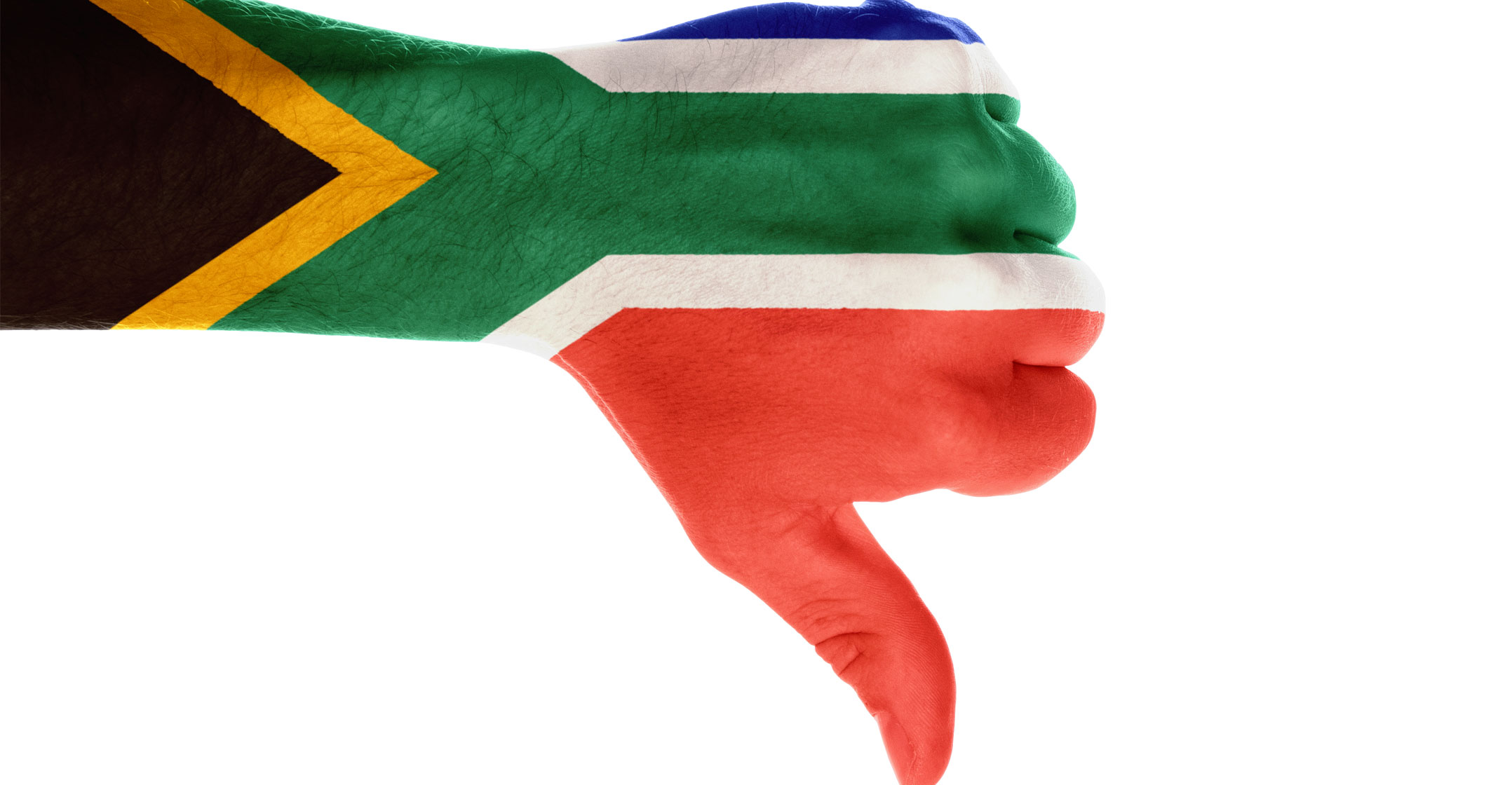 South Africa’s economy remains stuck in its longest downward cycle since 1945, adding to the risk that it may fall into its second recession in a year.
South Africa’s economy remains stuck in its longest downward cycle since 1945, adding to the risk that it may fall into its second recession in a year.
The economy entered the 67th month of a weakening cycle in June, according to the Reserve Bank’s Quarterly Bulletin released on Thursday. That’s after GDP contracted the most in a decade in the three months to March.
South Africa went through a recession in 2018 and it shrank again in the first quarter of this year as the nation suffered the worst power outages since 2008. While electricity supply from state-owned Eskom has since stabilised, business and factory confidence dropped in May and spending by households, which make up 60% of GDP, remains weak.
The Reserve Bank forecasts the economy, which hasn’t expanded at more than 2% since 2013, will only achieve 1% growth this year.
The only other time that a falling cycle lasted more than 50 months, was between 1989 and 1993, when the former government renewed a state of emergency and the country prepared for its first democratic elections. The central bank monitors about 200 indicators representing economic processes such as production, sales, employment and prices to determine the direction of the trend.
These are some of the other highlights from the Quarterly Bulletin for the three months to March:
- Foreign direct investment inflows totalled R11.7-billion, compared to an outflow of R8.2-billion in the previous quarter.
- Portfolio investment was 29.2-billion. South Africa relies on these inflows to help fund its current-account deficit, which widened to 2.9% of GDP in the three months to March.
- Household debt as a ratio of disposable income declined to 72.5% from 72.7%. — Reported by Prinesha Naidoo, (c) 2019 Bloomberg LP




